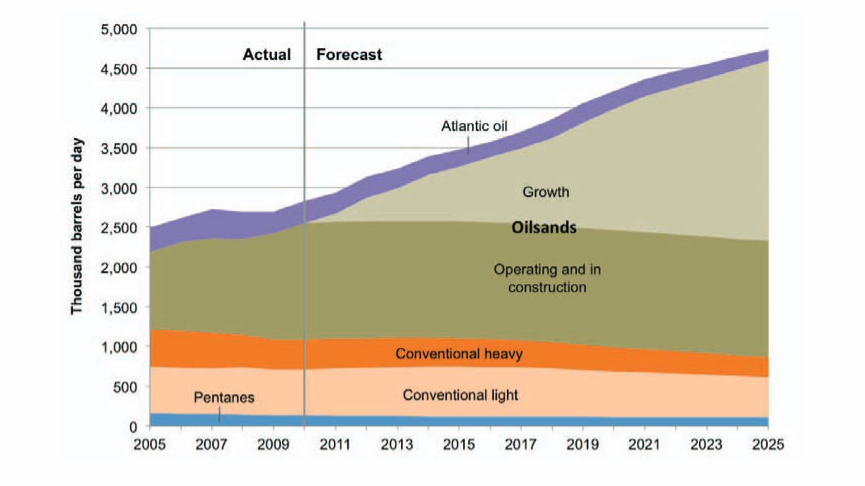August 30, 2014 – In a rare display of unanimity Canada’s provincial leaders at their annual conference have outlined a national energy strategy. That strategy includes an “essential link between environment and energy” largely driven by an initiative by the Premier of Quebec, Philippe Couillard. For those of you unfamiliar with Canadian politics, leadership from Quebec on national issues is not often seen in this country. Quebec as the representative of French Canada often goes its own way. But not this time. Couillard intends to host a climate change summit in Quebec in the spring of 2015, prior to the international conference on climate change planned for Paris.
The vision expressed by the premiers reflects “the shared values of Canadians; strengthen our economy and create jobs; identify opportunities to develop, transport, and transmit energy … and maintain the highest degree of environmental safeguards and protection, including by addressing climate change, climate resilience and reducing greenhouse gas emissions globally.”
The oil sands were very much a part of the conversation. This is seen by some Canadians as our greatest asset and by others as our greatest liability. Even the Premier of Ontario, Kathleen Wynne, the province that has put more green energy infrastructure in place than any other in the country over the last decade, tried to put a positive spin on the fossil fuel industry centered in Alberta. She is quoted as stating that the industry “is committed to reducing its greenhouse gas emissions on a per-barrel basis.”
It is this last statement that points to the delusional nature of Canada’s position on climate change and the oil sands. What the Premier is talking about is intensity reduction, not carbon reduction. Let me explain the difference.
Intensity reduction looks at the amount of carbon dioxide released per the amount of energy produced on a unit basis. So if you clean up your production processes you can reduce the carbon input for each energy unit you produce. And indeed intensity reduction is happening in Alberta and Saskatchewan’s oil sands projects. Environment Canada reported in 2013 that between 1990 and 2012 greenhouse gas (GHG) emissions associated with the production of a barrel of oil sands crude had decreased by 28%. This was accomplished by the introduction of new extraction methods with lower carbon footprints. It should be understood, however, that some of those new technologies have subsequently had disturbing side affects including bitumen leaks that I have reported on in previous blogs. The industry is also diverting less freshwater in its per barrel production of oil sands crude. Total GHG emissions from oil sands production equaled 55 megatons in 2011. That amounted to 8.7% of Canada’s total GHG emissions.
So if we reduce the carbon emissions from each barrel of oil we produce shouldn’t we contribute fewer GHG emissions? Only if we keep production at the same level. But that is not the case. In 1990 the oil sands were producing less than 400,000 barrels per day, albeit the production of those barrels included considerably more GHG emissions on a per barrel basis. But today production has more than tripled. By 2010 we were producing 1.47 million barrels per day and that number continues to climb. So reducing GHGs by 28% may sound like an accomplishment, but in truth, the oil sands are bigger carbon emitters than ever before and GHG output continues to grow. In 2010, 52% of the oil produced in Canada came from the oil sands. By 2025 the industry projects that number to rise to 79%. Most of that is represented not by a decline in other oil bearing sources, but by a rise in total production volume. See the graph below produced by the Canadian Association of Petroleum Producers, that illustrates where Canada’s oil has come from in the past and will come from over the next decade.
So do the math. Current oil sands production is yielding 264% more GHGs than production in 1990. And the projections with or without decreased intensity suggest that the number will only get larger because of explosive growth.
So the premiers have their work cut out for them to come up with a policy that reconciles Canada’s duality as a producer of GHG-intensive oil and a country committed to mitigating climate change.














